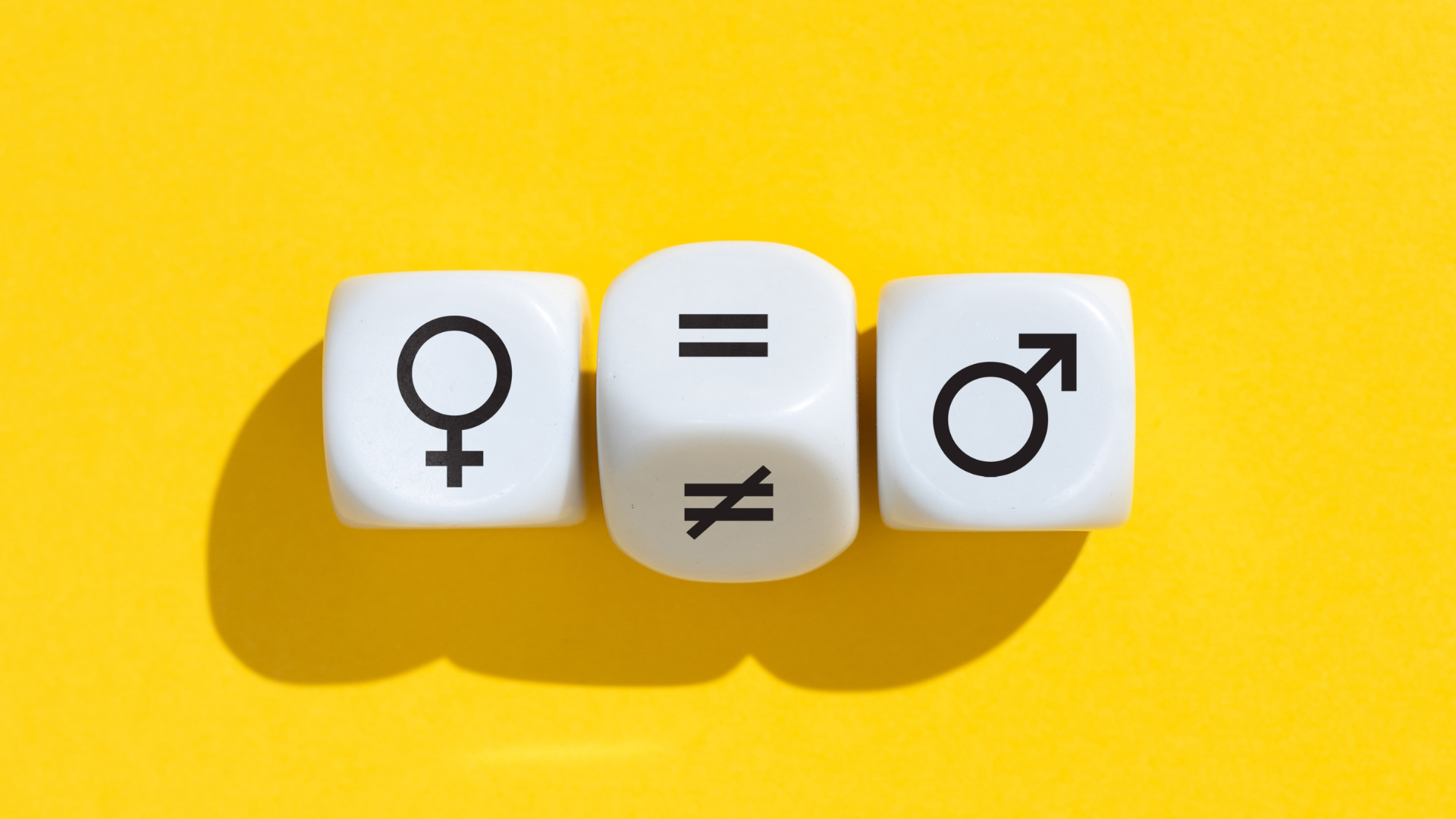
Today marks Equal Pay Day 2025—the symbolic date representing how far into the new year women must work to earn what white, non-Hispanic men earned in the previous year alone. But let’s be clear: that oft-quoted 83 cents on the dollar statistic? That’s just the headline, not the full story. It’s an average that flattens differences and erases the margins.
When we break it down by more than a gender binary, the picture sharpens—and it’s far more unequal:
And those are just the gender + race gaps. Once we layer in additional identities—like LGBTQ+ status and disability—the disparities deepen:
This isn’t a gap. This is a chasm. It’s wealth siphoned off, silently, year after year. And the closer you live to the margins of identity—especially if you’re a woman of color, queer, trans, disabled—the less you’re paid for your labor. Full stop.
These numbers reflect what sociologist Patricia Hill Collins named the matrix of domination—how systems of oppression overlap and interlock. The wage gap isn't only about gender; it's about gender and race and language and immigration status and gender identity and disability. The more you embody difference from the cis white male “norm,” the farther you fall down the pay scale.
Let’s talk about what it costs because this isn’t just about one year’s salary. It’s a cumulative theft. Over time, it becomes a college fund never started, a down payment never saved, a retirement plan perpetually postponed.
And here’s the insult that follows the injury: we’re losing the ability to even measure this injustice. As my colleague Amy Kesling put it, “The pay gap is incredibly frustrating, especially when disaggregated data collection is under threat. If we can’t measure, we go back to a world of anecdotes that tend to get dismissed as one-off situations or just whining.”
Let’s not forget: data is power. And gatekeeping that data is part of the design.
I’ve done my own math. In my 20-year career, I’ve lost out on approximately half a million dollars. That’s not poetic exaggeration. That’s line-item reality. I’ve carried just as much responsibility in my work, with fewer zeros on my paycheck.
And yet, the thing that finally shifted my own salary? A male colleague told me his number. Plain and simple. He had less responsibility and made more. I used that transparency to advocate for myself—read: threatened to quit—and it worked.
Transparency is revolutionary in a system designed for opacity.
If you’re a man reading this and you care, here’s a start: talk about pay. Share your number. Create discomfort that leads to change. If you’re a white woman in a leadership role, be aware that the wage gap conversation isn’t over when you reach your own parity. Equity doesn’t stop at your reflection.
So today, on Equal Pay Day 2025, I’m not interested in empty slogans. I’m interested in action, transparency, and intersectional accountability.
Ask yourself:
We deserve more than equality. We deserve equity. And that means seeing, naming, and undoing the structures that hold so many of us back.
Let’s stop making the wage gap everyone’s problem—and start making it everyone’s responsibility.
Your source for impactful stories, practical DEI guidance, and the latest on our journey.